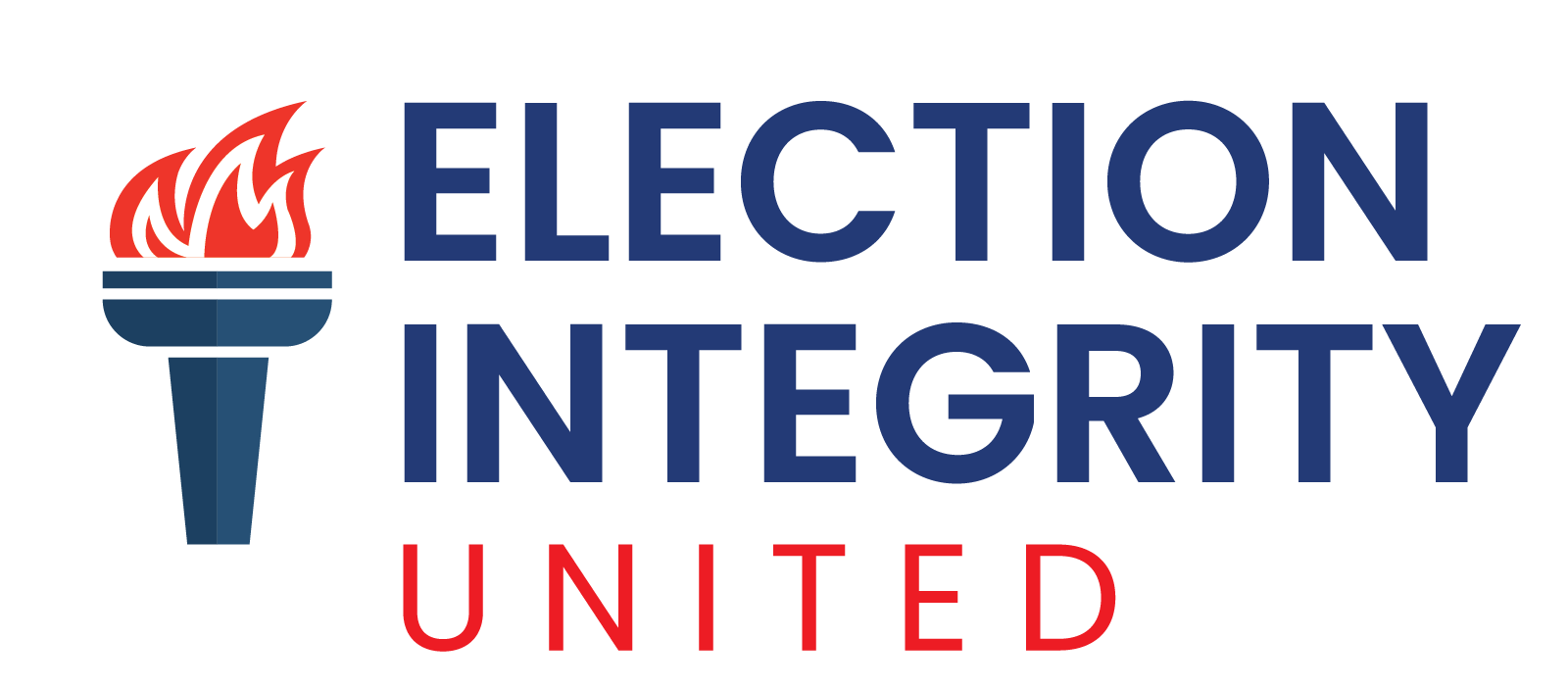1. Slow Down
It’s easy to passively scroll through social media, but it’s important to verify the content you come across. Take a moment to check the source of information before you believe or share it. Disinformation is designed to blend in with everyday content suited to your interests and can slip in without you even realizing it. Pause especially before passing along anything that could be misleading, politically biased, or financially motivated. Here are some clues that a story or claim might not be trustworthy:
Does it seem outrageous or hard to believe?
Does it come from a sketchy or biased source?
Does it lack credible evidence to back up its assertions?
Does it cause a strong emotional response?
Does it rely on opinions of people who are not real experts on the topic?
Does it come with a request for money?
2. Tailor Your Newsfeed
Social media platforms are designed to keep you engaged, which can lead to sensationalized content filling your feed. Make sure you’re in control, and not the algorithm. Check your options in each platform’s settings to control what appears in your feed, and to see how your data is being used for targeted advertising. Be mindful of sponsored posts, which are often aimed at influencing your views or actions, particularly around election time.
3. Demand Transparency
Genuine, trustworthy sources will be transparent about their identity and motivations. Double check who is behind the content you like – even if it resonates – to ensure they are sharing factual information. You want to be sure the people you follow are actually representing views you share and not just using your interests as a hook to keep your attention. Search for information about who is behind any political messages claims you’re seeing. You might find that the organization behind a post is not trustworthy or even has an extreme agenda.
4. Make a Plan!
With election disinformation on the rise, be prepared for mixed messages about when and how to vote. Deepfakes and AI-generated content can be highly convincing and can be used by bad actors to confuse and even discourage people from voting. So beware of social media posts, text messages, and phone calls that suggest you should change when and how you plan to vote – even if they seem to come from someone you trust. Before Election Day, have the contact info of your local election office handy to verify any changes to voting details.


